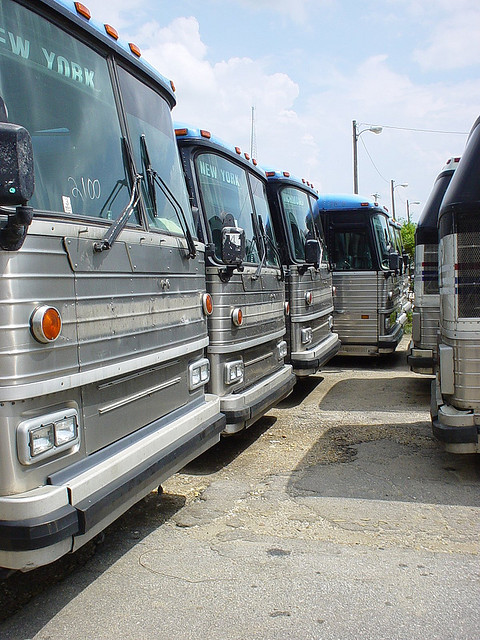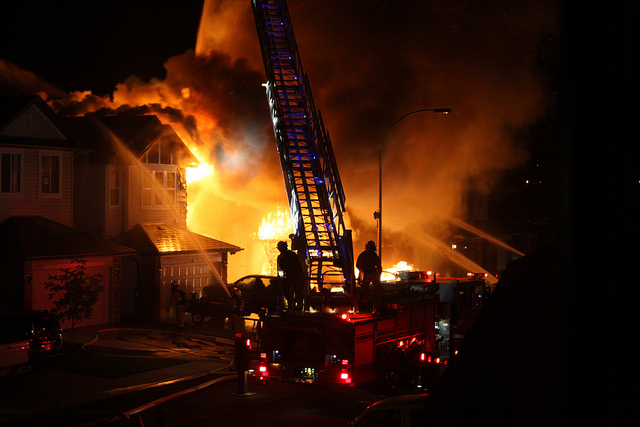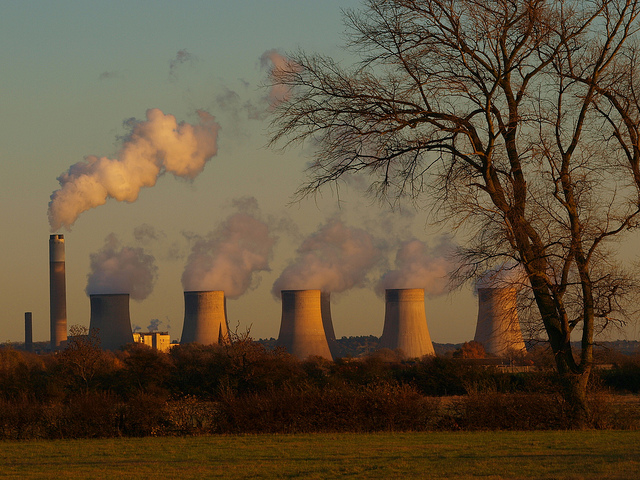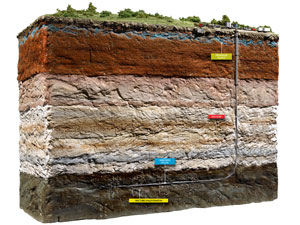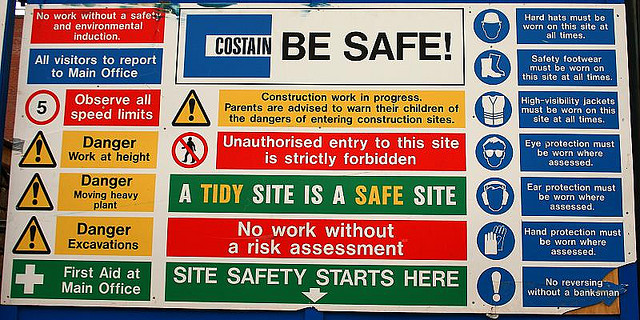We’re still a long way from the paperless office, but the paperless cab may be upon us. The Federal Motor Carrier Safety Administration (FMCSA) recently adopted a new rule that requires drivers of interstate commercial buses and trucks to record their hours using electronic logging devices (ELDs). According to the administration, widespread use of these devices, also known as electronic onboard recorders, will reduce hours-of-service violations by hampering efforts to misrepresent time put in on the job—and that reduction will result in fewer crashes and fatalities.
Audit, Compliance and Risk Blog
Tags: Corporate Governance, Business & Legal, Employer Best Practices, Health & Safety, Employee Rights, Training, EHS, Transportation
Changes to California Carcinogen and Reproductive Toxin Lists
Posted by STP Editorial Team on Wed, Mar 19, 2014
The Office of Environmental Health Hazard Assessment (OEHHA) has made a number of changes to the list of chemicals known to the State of California to cause cancer or reproductive toxicity for purposes of the Safe Drinking Water and Toxic Enforcement Act of 1986 (Proposition 65).
Tags: Health & Safety, California Legislation, Environmental risks, Environmental, EHS, EPA, Hazcom
When you think of dangerous industries to work in, which ones come to mind? Construction, mining, longshoring, maybe even letter carrying, are obvious, but did healthcare make the list?
Tags: Employer Best Practices, Health & Safety, OSHA, Employee Rights, Training, EHS, Workplace violence
The year 2013 has been another relatively quiet one for most environmental health and safety (EH&S) compliance personnel. Continuing differences in Congress have stymied would-be initiatives on both sides of the partisan aisles, so there were no meaningful legislative changes.
Tags: Health & Safety, OSHA, Environmental risks, Environmental, EHS, EPA, Hazcom, Transportation
Effective Control of Hazardous Energy (LOTO) — What You Need to Know to Ensure Compliance
Posted by Melanie Powers on Mon, Jan 20, 2014
Specialty Technical Consultants
Free Webinar
Date: Wednesday, January 29, 2014
Time: 2:00 PM - 3:00 PM EDT
Free! All are welcome
Tags: Employer Best Practices, Health & Safety, Employee Rights, Training, EHS, Hazcom, STC, Webinar
OSHA: Is It Time To Update The Process Safety Management Standard?
Posted by Jon Elliott on Thu, Jan 09, 2014
The Occupational Safety and Health Administration’s (OSHA’s) Standard for Process Safety Management of Highly Hazardous Chemicals (usually referred to as “PSM”) in 1992, requires extensive risk assessments and reduction efforts by facilities where a significant incident involving these chemicals might have catastrophic consequences. OSHA adopted PSM in 1992, and has made only minor technical revisions in the ensuing two decades. However, several federal and state initiatives are developing recommendations and may lead to significant changes in 2014.
Tags: Employer Best Practices, Health & Safety, OSHA, Training, Environmental, EHS, Hazcom
Environmental Compliance: EPA Tracks Reductions in GHG Emissions
Posted by Viola Funk on Fri, Dec 06, 2013
Do you ever wonder whether auditing of greenhouse gas emissions is working? It may be a bit early in the game to say for sure, given that GHG emission tracking standards are a recent phenomenon. But an annual report compiled by the U.S. Environmental Protection Agency (EPA) may be a good gauge of trends in emission reductions, judging by its latest installment.
Tags: Corporate Governance, Business & Legal, Health & Safety, Environmental risks, Environmental, EHS, EPA, Greenhouse Gas, ghg
Environmental Compliance: California Prepares To Regulate “Fracking”
Posted by Jon Elliott on Wed, Nov 20, 2013
Advances in field techniques have recently made hydraulic fracturing— “fracking”—a major part of energy production in the United States and Canada. Frackers pump high-pressure fluids into rock formations to expand cracks and create pathways for valuable hydrocarbons to flow out. The stimulant fluids are usually water-based, with additional chemicals (acids, surfactants, biocides, etc.) to improve effectiveness and solid ‘proppants’ to prop open the expanded openings (sand, etc.). Read my earlier blog here
Tags: Health & Safety, California Legislation, Environmental risks, Environmental, EHS, Hazcom, fracking, hydraulic fracking, Oil & Gas
Do you know what's in the chemical products you buy and use, and whether they're "safe?" Effective October 1, 2013, California regulations provide criteria and procedures for state-level identification and listing of likely-hazardous chemicals of concern. Manufacturers and importers will be required to evaluate chemicals of concern in consumer products, their potential alternatives, and how best to limit exposure or reduce hazards. Assemblers and retailers will have related responsibilities. Although these requirements apply directly only within California, any reviews and reformulations are likely to affect global production and distribution decisions.
Tags: Health & Safety, California Legislation, Environmental, EHS, EPA, Hazcom
OSHA Expands Exemption for Digger Derricks Used in Construction Work
On May 29, the Occupational Safety and Health Administration (OSHA) issued a final rule that revises the regulations for cranes and derricks used in construction. These amendments expand the digger-derrick exemption to include all digger derricks used in construction work subject to 29 CFR1926 subpart V, Power Transmission and Distribution. A digger derrick (also called a radial boom derrick) is a specialized type of equipment designed to install utility poles. This revision removes from coverage under 29 CFR 1926 subpart CC certain types of non-pole digger-derrick work described by Edison Electrical Institute. OSHA also made several minor clarifications to the text of the exemption.
Tags: Corporate Governance, Employer Best Practices, Health & Safety, OSHA, Employee Rights, Training, EHS

